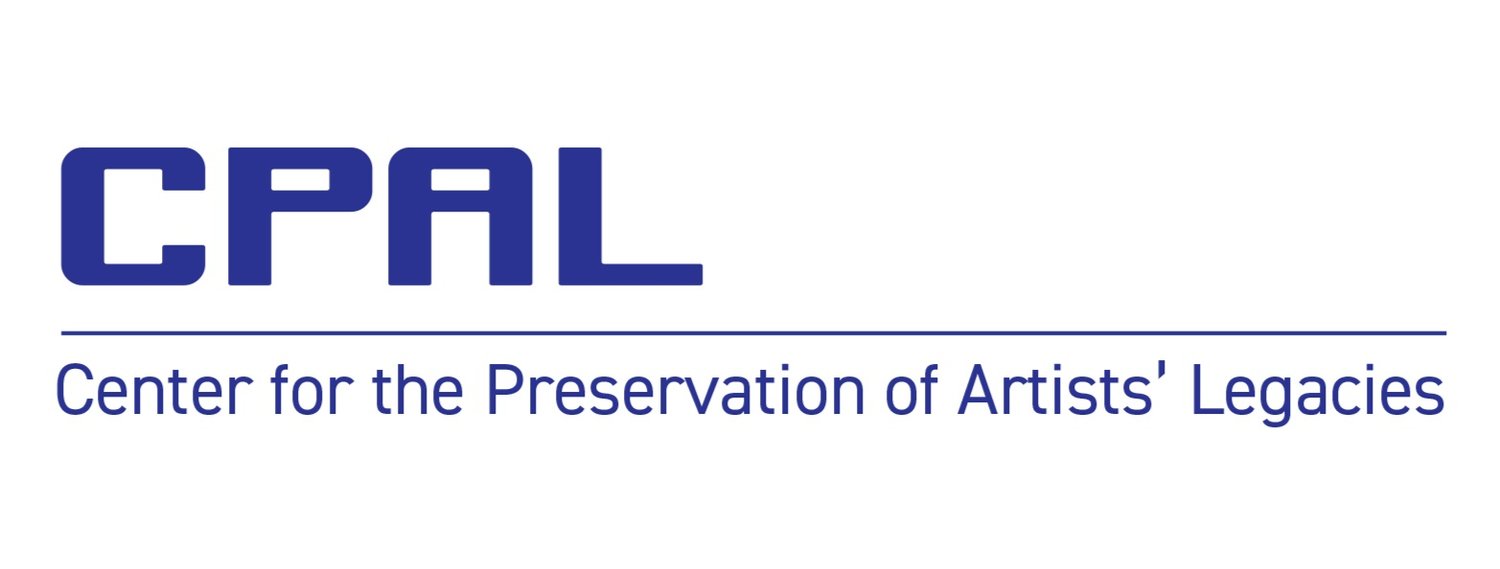Christina Hunter, executive director of the Nancy Graves Foundation since 2011, oversees the foundations art collections and archives, administers its annual grant program and collaborates with scholars, museums and galleries to research and curate exhibitions. The Nancy Graves Foundation, a not-for-profit organization, was established and endowed through a provision of the artist’s last will and testament. Nancy
Graves (1939-1995) is an American artist of international renown whose work has been featured in hundreds of notable exhibitions and is in the permanent collections of major art museums. Based in SoHo and fully engaged with the cultural and intellectual issues of her time, Graves is recognized as a leading conceptual artist and post-minimalist sculptor. www.nancygravesfoundation.org
Christina Hunter received her Ph.D. from Columbia University in 2003 writing a dissertation about Kurt Schwitters and was an adjunct professor in the Department of Art History and Archaeology through 2014, and has been a lecturer and researcher at major academic and cultural institutions.

